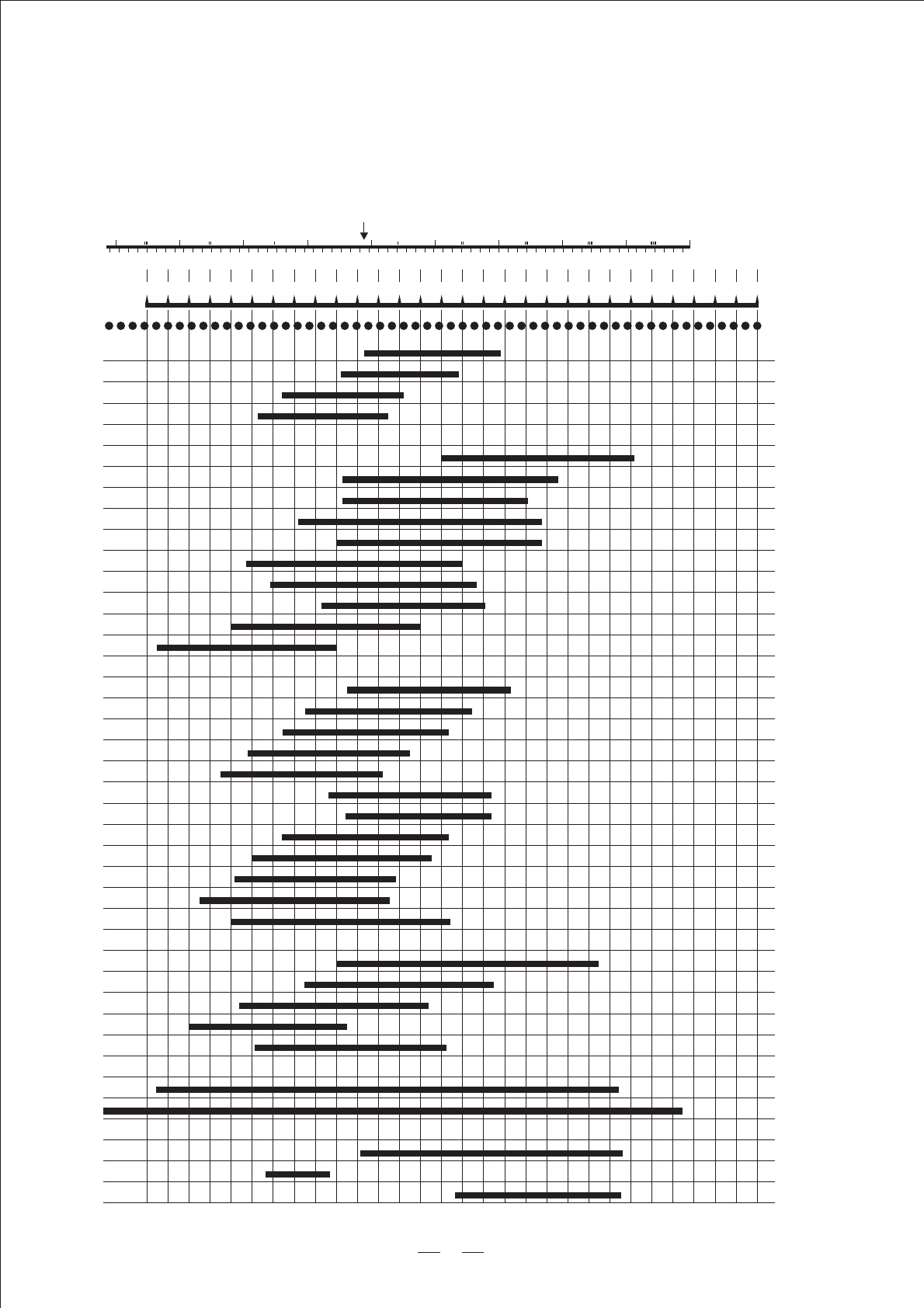
CDEFGABCDEFGABCDEFGABCDEFGABCDEFGABCDEFGABCDEFGABCDEFGABCDEFGABC
Hymangearing
rangeVOCAL
25 31 40 50 62 80 100 125 160 200 250 320 400 500 640 800 1K 1.3K1.6K 2K 2.5K 3.1K 4K 5K 6.2K 8K 10K 13K 16K 20K
Soprano
Contralto
Baritone
Bass
WOODWIND
Piccolo
Flute
Oboe
Clarinetin Bflator A
Clarinetin Eflat
BassClarinet
BassetHom
CorAnglais
Bassoon
DoubleBassoon
BRASS
SopranoSaxophone
AltoSaxophone
TenorSaxophone
BaritoneSaxophone
BassSaxophone
Trumpet inC
Trumpet inF
AltoTrombone
TenorTrombone
BassTrombone
Tuba
ValveHom
STRINGS
Violin
Viola
Cello
DoubleBass
Guitar
KEYBOARDS
Pianoforte
Organ
PERCUSSION
Celesta
Timpani
Xylophone
FREQUENCY
25 31 40 50 62
80
100 125 160 200 250 320 400 500 640
800
1K
1.3K1.6K
2K
2.5K 3.1K
4K
5K
6.2K
8K
10K 13K 16K 20K
Mid C
10
5. APPLICATION
5.1 The Sound Frequency
In recording studios as well as stage or radio plays, the EQU Series Graphic Equalizer will be your
valuable sound tool to modify the frequency "contour " of a sound .but first of all , you should clearify the
typical frequency of each instrument and voice, so that can you obtain nice results in terms of sound
characterization. The tables on the following pages give you an idea of specific frequencies and their
acoustic significance.
Typical Frequency of Each Instrument and Voice
















